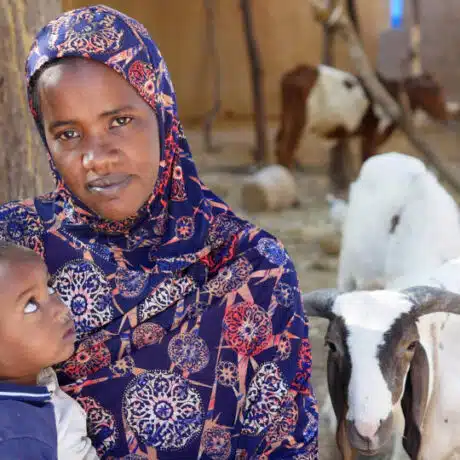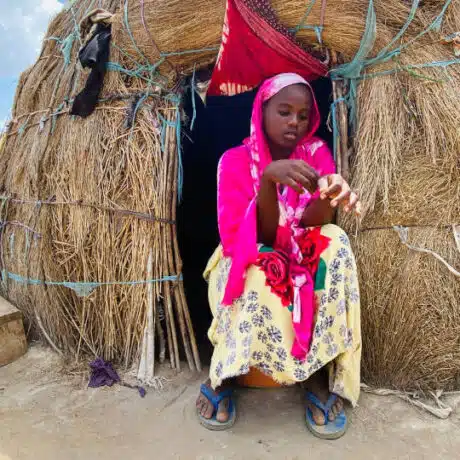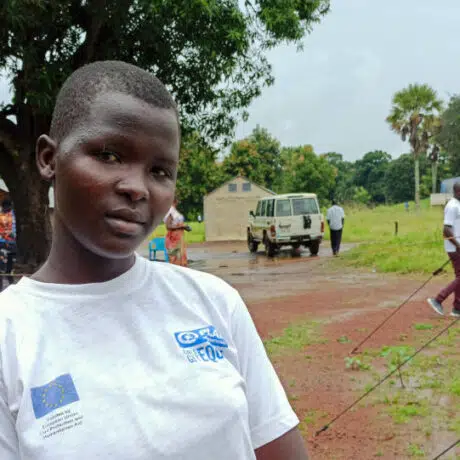News and Stories - Education - 3 March 2021
What barriers do girls face to education?
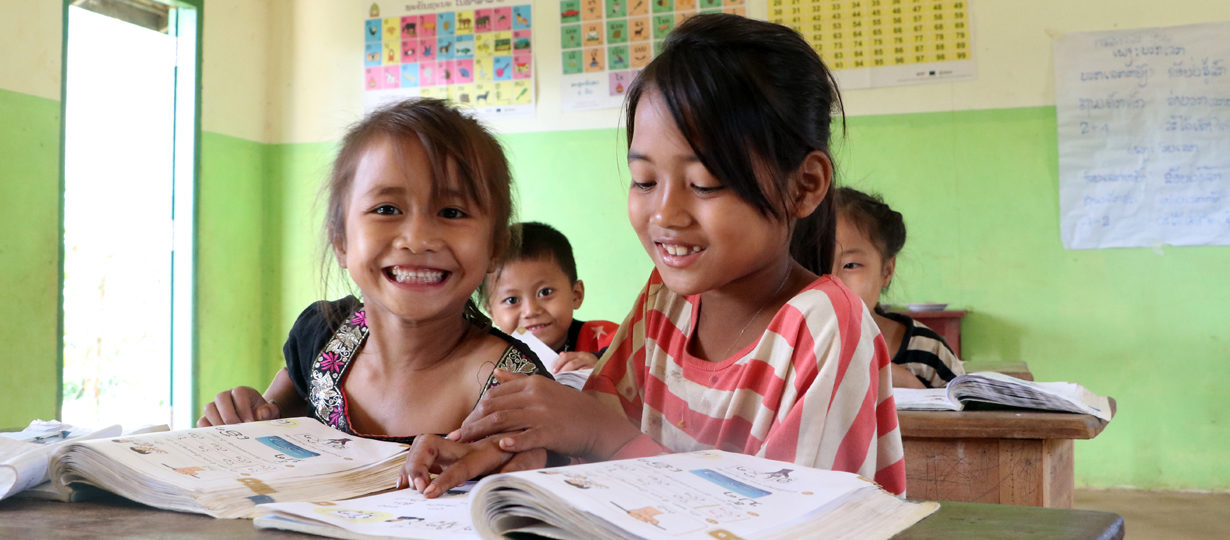
It’s a great question – and one we’re passionate to answer.
Education is extraordinary. It is the key that unlocks doors. Unleashes potential. Unlocks dreams. And when a girl is educated, not only is she given choices for her future and opportunities that can change her life – she can change the world.
But right now there are more than 130 million girls around the world not in school. We know that gender discrimination disproportionately impacts girls globally because there are a range of unique barriers that stop them from accessing and completing their primary and secondary education. And the pandemic has only made this worse.
In 2020, it is estimated that up to 20 million secondary school-aged girls were pushed out of school as a result of COVID-19. And coupled with the already existing barriers they face to education, this has threatened to undo the years of progress and hard-won gains we’ve made for development and gender equality.
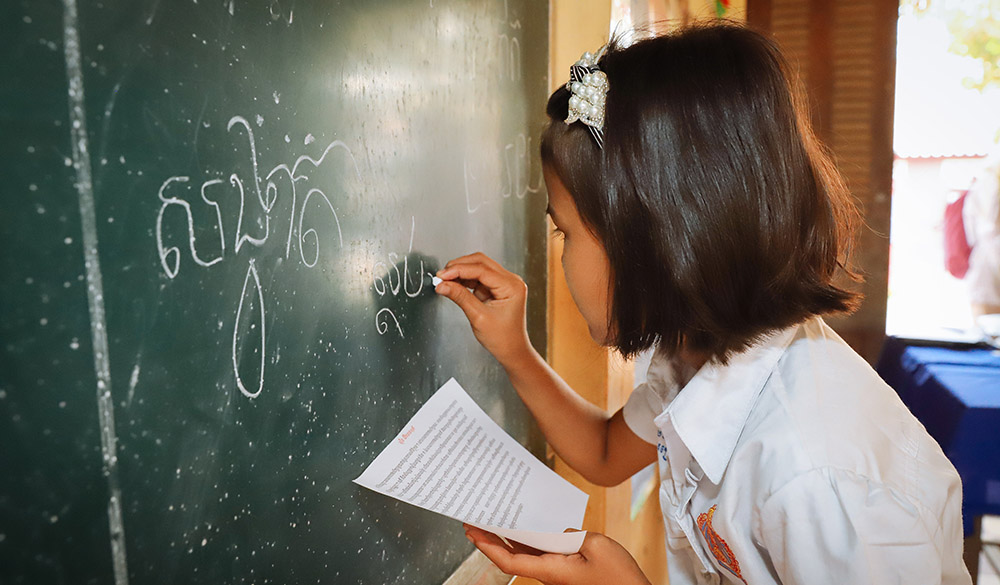
These are the barriers to girls’ education:
- Conflict and gender-based violence:
Gender-based violence in all of its forms work to hold girls back from accessing quality education. Nowhere in the world are girls free from violence and harassment. No town, city, or country. Including nowhere online. And in times of crisis or conflict, millions of children see their education disrupted and for girls this has devastating effects. Many are significantly less likely to return to school if they’ve been forced to leave and global lockdowns have drastically exacerbated cases of gender-based violence in the home and online. - Child, early or forced marriages (CEFM) and unions:
Child marriage violates girls’ human rights and robs them of their childhood. It’s estimated that 12 million girls under the age of 18 are married each year. For millions of girls, their education comes to an abrupt stop once they are married. They are more likely to experience domestic violence and to fall pregnant early – forcing them to drop out of school. - Early pregnancy:
Teenage pregnancy can swiftly end a girl’s education and give them adult responsibilities before they’re ready. An estimated 18 million adolescent girls give birth every year – 18 million girls who likely have had their education cut short. There is also less chance for girls to return to school once they have had their children. - Poverty and financial hardship:
This can lead to girls dropping out of school to work and financially support their families. We know that when there are food shortages in extreme poverty, girls are often the ones that miss out or are fed least and last. Then when they are too weak and unwell to attend school, they either miss class or are pulled out of school altogether to help with domestic chores while their parents work to earn money for the family. - The cost of school can lead to girls’ education not being prioritised by their caregivers:
Because of entrenched gender roles, boys are more likely to go on to earn a higher income for their family or expected to provide for a family of their own one day. This means their education – and support to access greater career opportunities – is put first. For families who could only afford to send one child to school, many believe that investing in education for boys is the best option. This results in girls accepting and managing domestic responsibilities, such as caring for younger siblings or other family members. - Lack of safe toilets, menstrual products and clean water at school to help manage menstrual hygiene:
Many girls around the world have little access to sanitary products and adequate toilet facilities at school, which makes managing their period incredibly difficult. This ultimately restricts their movements when they have their period and this affects their attendance and performance at school. - The stigma surrounding menstruation:
For many girls and young women, the shame and stigma attached to menstruation can place their physical, sexual, and mental health at risk. Taboos and myths surrounding menstruation can also lead to teasing, shaming and exclusion from daily activities, which all have a negative effect on a girl’s sense of dignity. - Gender norms and expectations:
Damaging social norms can discourage men from expressing attitudes or pursuing opportunities that are traditionally viewed as ‘feminine’. Not only is this ultimately harmful to their wellbeing, it means women are often expected to care for their families before pursuing education or careers. These norms can also discourage fathers from taking an active role in childcare – meaning women take on the load for caring for children. With women and girls expected to focus on raising or caring for their family, their career aspirations and education can be pushed to the side.
But we know that education is the key to a future where all children around the world have choices and opportunities in life. That’s why we cannot afford to wait on getting girls back to school – we must act now to make sure that girls are not left behind as we build back from COVID-19. Together we can create a world where all children can live happy and healthy lives, and where girls can take their rightful place as equals. Because a better now for her means a better future for everyone.
Help us drive long-term change for girls and their entire communities by joining Change for Girls and support our work with parents and communities to raise awareness about the importance of girls’ education.



